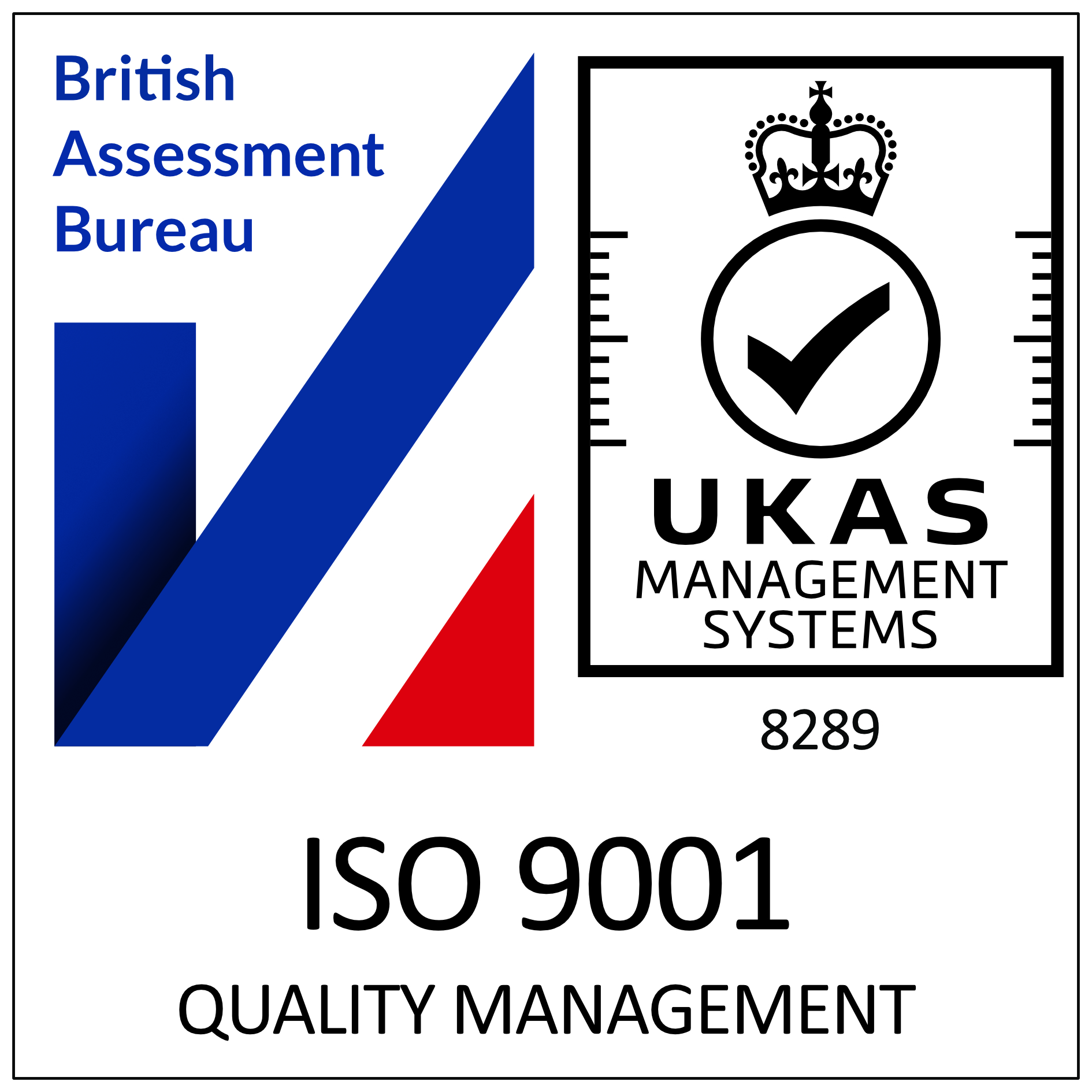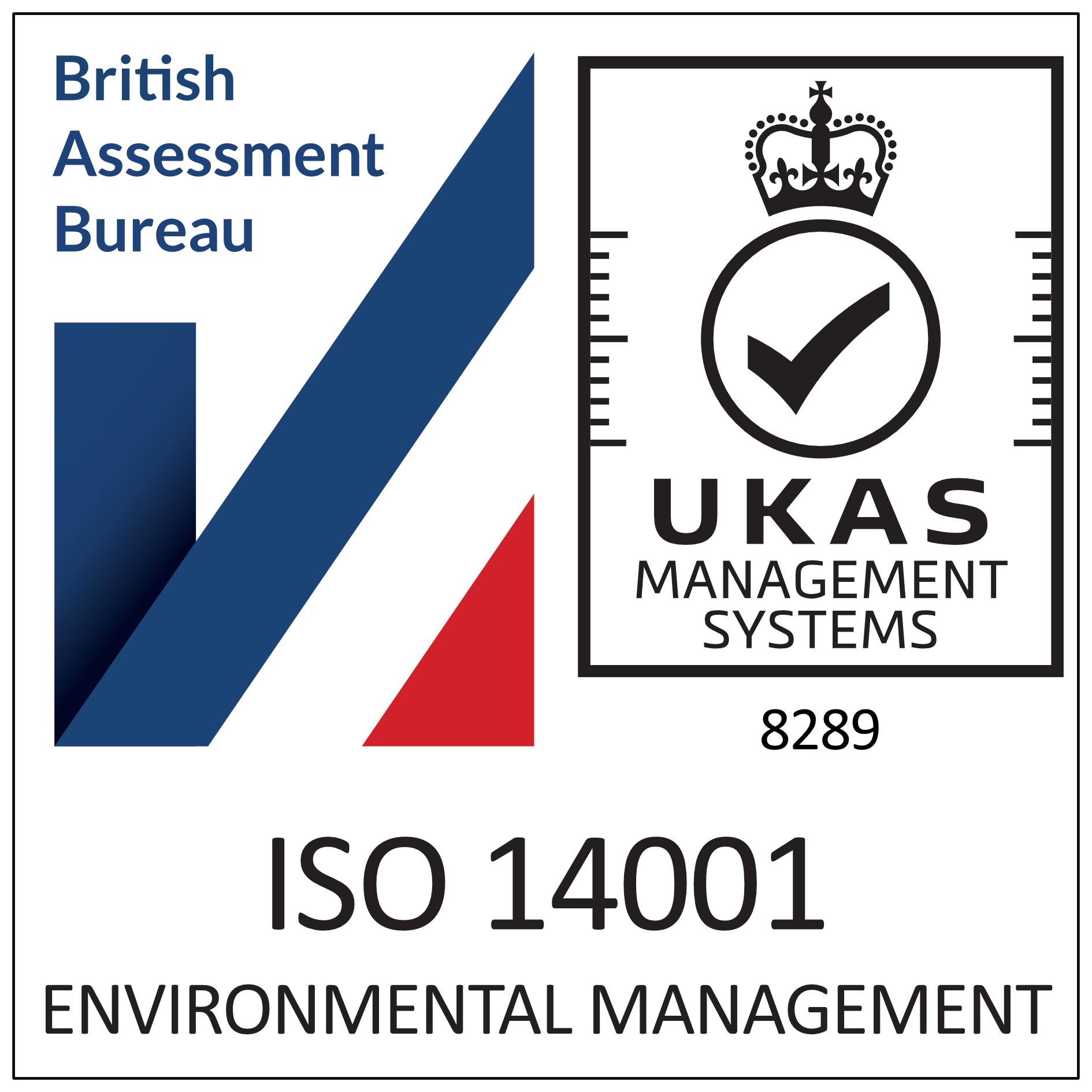5 features that identify fire rated doorsets
Many buildings require commercial fire doors that are manufactured and installed to a specific standard to protect the occupiers, visitors to, and users of, the building as well as the building itself.
These fire rated doors help save lives and property – if you are a building owner or manager then it is important that you can recognise the differences between a standard door and a purpose made fire doorset.
Here are some features to look out for to correctly identify purpose made fire doors:
Commercial fire doors will be fitted with automatic locking devices
These locking devices are distinguishing features of purpose made fire doors – the automatic locking devices are usually mounted on either the ceiling, the wall behind the door or, in some cases, on the floor underneath the door.
All commercial fire doors MUST close automatically whenever a fire alarm sounds or indicates that a fire outbreak has occurred. Once an alarm is activated, the automatic locking device should secure the door in place thus containing the fire to the area of ignition and prevent any further spread of smoke or flame to any other area of the building.
Fire doors should have compliance identification on display
All commercial fire doors need to have compliance tags and identification on display. These tags carry further information about the actual fire rating of the doorset and confirms that the doors are capable of performing according to the fire-resistance level it displays. A compliance tag also indicates that the purpose made fire door has been tested and installed to the correct standards.
The compliance tag should contain information such as the level of fire resistance (FD60 for 60 minutes, FD90 for ninety minutes and so on), the date of manufacture, the item serial number along with the name of the independent certifier and the owner. If any of these tags become detached or unreadable in any way, it is your responsibility to ensure they are replaced accordingly.
Fire doors should be clearly labelled
All commercial fire doors must carry appropriate signage which must be clearly displayed. This signage identifies the door as a designated fire door and helps establish the authenticity of the doorset.
Intumescent Seals are designed to fill gaps between the door and frame
ese seals are a vital component of an effective fire rated doorset. The materials used to make intumescent seals are poor conductors of heat, thereby swelling immediately they are exposed to excess temperatures – in expanding quickly they seal the gap between the door frame and the fire door itself, therefore preventing the spread of flames and potentially toxic smoke to any other area.
Fire doors should have at least 3 hinges
All purpose made fire doors must have a minimum of three hinges – these hinges must be able to fasten firmly and must be in full working order at all times. If any hinges are missing, damaged or broken then the door is compromised and may not be fit for purpose. In the event of a fire breakout, a damaged hinge is more susceptible to failure.
If you are the responsible person for fire safety in your building, then you should ensure that all your doorsets are appropriate and fit for purpose – you should speak to an established and respected bespoke door manufacturer for advice and guidance.








